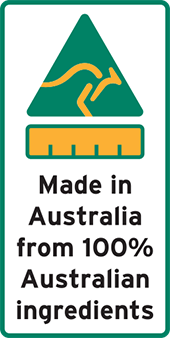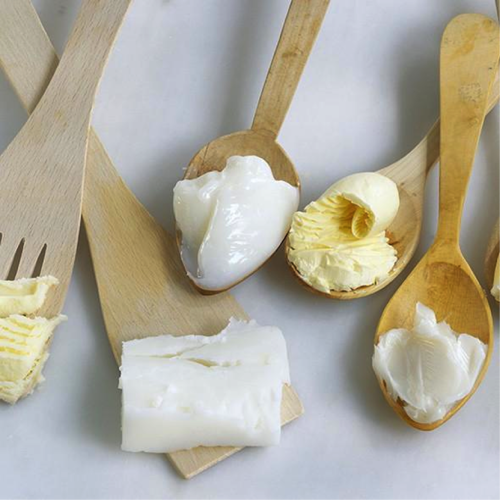Taking a closer look at lard and dripping
Ask anyone over 50 and they will more than likely share fond memories of being served lardon bread when they were younger, or will try to explain to you the importance of the dripping pot in their home. This generation understood the benefits of including natural lard and dripping in their diet and we often hear grumblings from our older customers about how this has changed over the years.
This cultural shift against fats came about shortly after the second World War when low-fat diets emerged and corseted women became more self conscious about their waste lines. ‘Fat’ became the new taboo and many were encouraged to reduce the amount of daily fat consumed. This meant that the humble dripping pots were put away on top shelves never to be seen again, and lard and dripping were replaced with ‘healthier’ butters and margarines.
Fat is back!
Still to this day, the debate around the types of ‘healthy’ and ‘unhealthy’ fats continues and we are constantly bombarded with information from both sides of the fence telling us to increase monounsaturated fats one day, or decrease saturated fats the next, or even to eliminate trans fats altogether. It can become confusing and overwhelming.
We, at York Foods, advocate a healthy lifestyle and making wellbeing choices that are balanced and include full flavoured foods wherever possible. We love food and we’re not afraid to tell anyone that listens to us! That’s why we are glad to say that fat is back!
How to use lard and dripping in everyday cooking
Both lard and dripping are the result of rendered animal fat, but the difference lies in how this process is undertaken and sometimes the type of animal fat. Lard will always be produced from pig fat; however dripping can be from both Lamb or Beef.
Lard is best used as a substitute for butter or vegetable oils in baking, pastry, frying or cooking, where dripping can give a deep, meaty flavour when basting or roasting. Use both like you would butter - so add to the frying pan and heat before adding your food; or melt in the microwave before basting meats; or add to a roasting pan and melt in the oven before throwing in your vegetables. Both products have a high smoking point which means they have to get quite hot before they smoke or burn. This makes them great for high temperature cooking like stir frying.
Reuse your lard and dripping
Both fats can be reused when they have cooled. There are a couple of ways to do this and we talk about what to do and what not to do over on our dripping pot page on our website. We’re glad to say that the humble dripping pot is making a comeback!
Whether you’re looking to add depth of flavour to roasts or want to relive your memories from your youth when grandma baked Sunday dessert, we really can’t stress enough that a jar of lard and dripping should be added to your larder.
Fun fact: the term ‘larder’ came about as the place where generations before us stored their lard.
Head on over to our website to find out more about our products.







